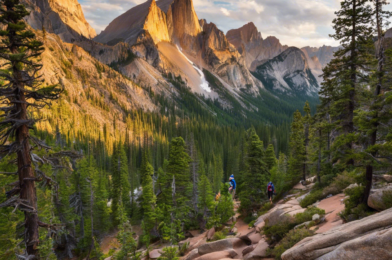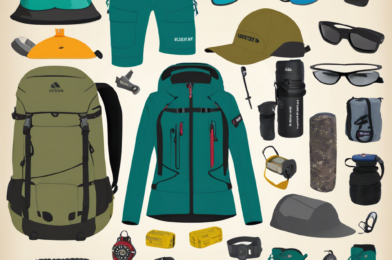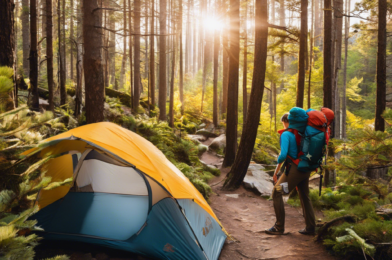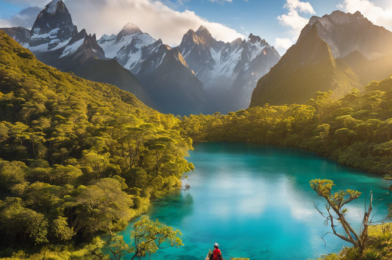Whether you’re embarking on a month-long backpacking trip through Europe or a two-week vacation to visit family across the country, packing light can make your journey more enjoyable and stress-free. Here are some tips to help you fit everything you need into a carry-on and personal item, avoiding checked baggage fees and the hassle of lugging around multiple suitcases.
First, invest in versatile, mix-and-match clothing. Choose a neutral color palette that can be dressed up or down and stick to fabrics that are comfortable, breathable, and wrinkle-resistant. Look for items that can be layered, such as a lightweight jacket that can be paired with a sweater and scarf for colder climates or packed away when heading to the beach.
Second, plan your outfits in advance and make a packing list. Consider the activities you’ll be doing and the weather at your destination. Pack clothing that can be worn in multiple ways and that you can wash in a hotel sink if needed. Roll or fold clothing efficiently, utilizing compression cubes or bags to maximize space.
Third, limit the number of shoes you bring. Shoes tend to be bulky and heavy, so opt for a comfortable pair of walking shoes or sneakers that can be dressed up or down, and one other pair that is specific to your destination, such as sandals or boots.
Toiletries and cosmetics can also take up a lot of space. Transfer your favorite products to smaller travel-sized bottles, and only bring the essentials. Solid cosmetics, such as stick deodorant and powder foundation, are less likely to leak and can often be refilled, saving you money and space.
Utilize every inch of space by packing smaller items inside your shoes and using the pockets in your luggage. Wear your bulkiest items on the plane, such as a heavier jacket or hiking boots, to save room in your luggage.
Electronics are another consideration. If you’re bringing a laptop, tablet, or e-reader, make sure you have a secure sleeve or pocket in your bag to protect them. Remember the appropriate chargers and adapters as well.
Finally, remember that you likely won’t need as much as you think. It’s okay to repeat outfits, and you can always do laundry during your trip. The freedom of traveling light is worth the effort, and you’ll thank yourself when you’re effortlessly navigating busy airports or train stations.






